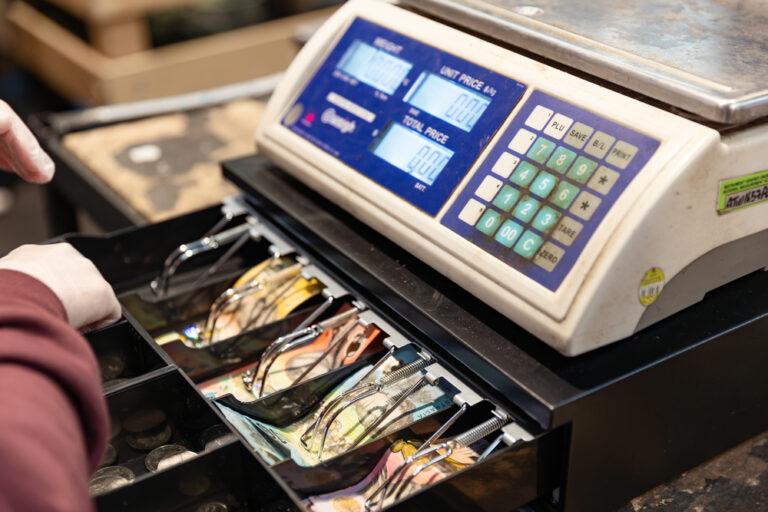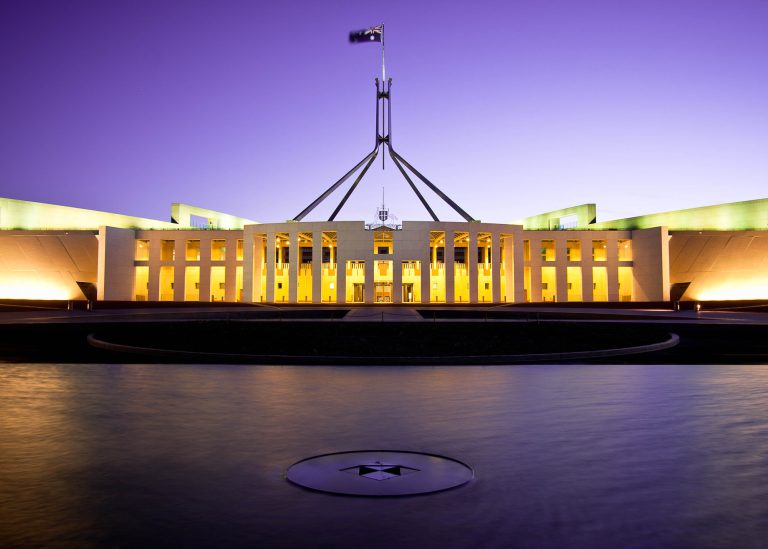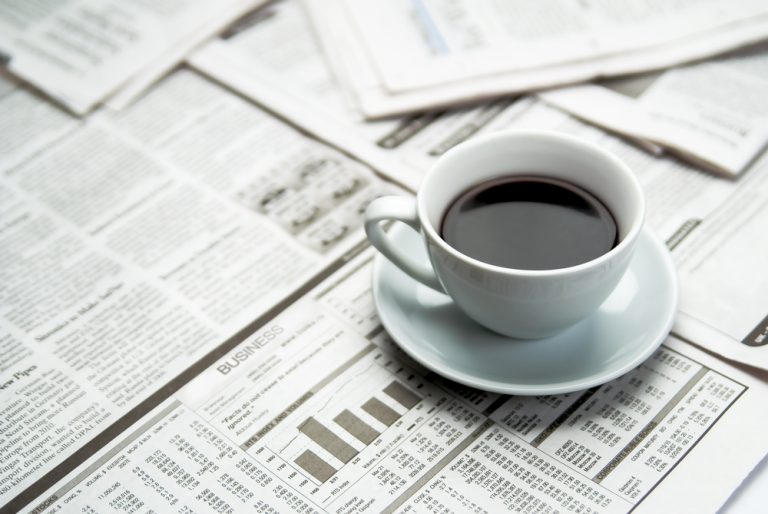Quarterly Economic Update: April – June 2024
The economy continues to slow, with inflation remaining sticky, the new federal budget making waves, and global events that may have a significant impact. Uncertainty at home and abroad The current outlook indicates uncertainty both domestically and internationally, making it unlikely that inflation will reach the target range of 2-3 per cent in the near future. May forecasts suggested that inflation would return to the target range by the second half of 2025 and reach the midpoint by 2026. However, recent indicators point to weak economic activity, such as slow GDP growth, an increase in the unemployment rate, sluggish wage growth, and uncertain consumption growth. Advanced economies are experiencing a slowdown in growth, although there are signs of improvement in the Chinese and US economies, along with increased commodity prices. Nevertheless, geopolitical uncertainties remain high, which could potentially disrupt supply chains. The Federal Budget focuses on social matters Treasurer Jim Chalmers presented the 2024-2025 Federal Budget on May 14, 2024. The government aimed to alleviate the cost of living without worsening inflation. Key announcements included: Interest rates remain steady, but the pain may not be over The Reserve Bank of Australia (RBA) kept interest rates on hold and the cash rate steady at 4.35 per cent throughout the quarter. At the June RBA board meeting, Governor Michele Bullock stated that the board has not dismissed the possibility of further rate hikes. Interest rates will stay at this level until the RBA’s next board meeting in early August. Inflation persists, despite slowing Inflation remains persistent, with the RBA predicting that it will take some time to consistently stay within the target range of 2-3 per cent. Although inflation has decreased significantly since its peak in 2022, the rate of decline has slowed. At the same time, economic growth has been limited as households cut back on non-essential spending due to income constraints. What are we spending on? Households are continuing to limit their spending on non-essential items. Spending on discretionary goods has shown a slow increase, rising by only 0.6 per cent over the year. On the other hand, spending on non-discretionary goods and services has risen by 5.8 per cent, mainly due to higher fuel and food costs. Household spending on health has significantly increased, showing a 15.7 per cent rise compared to this time last year. Health spending made the largest contribution to the overall 3.4 per cent rise in household spending in April. China lifts Aussie beef bans China has lifted bans on most beef and other exporters. The bans began in 2020 when China suspended beef exports from eight processors and imposed official and unofficial trade barriers on barley, coal, lobster, wood, and wine, costing exporters $20 billion Australian dollars ($13 billion) a year. These measures were viewed as politically motivated actions to penalise Australia, although China claimed they were related to trade issues. With the lifting of these bans, less than $1 billion worth of Australian exports are still being impeded. This marks a significant reduction from the previous $13 billion impact on Australian exporters. Trump down but not out Donald Trump’s conviction on 34 felony counts of falsifying business records has not stopped his campaign for President. As the November election looms closer, economists have expressed concerns about Trump’s campaign promise to impose a 10 per cent tariff on all US imports. If implemented, this and other trade policies could trigger another round of trade wars, disrupt international trade, and impact global growth. The information provided in this article is general in nature only and does not constitute personal financial advice.




